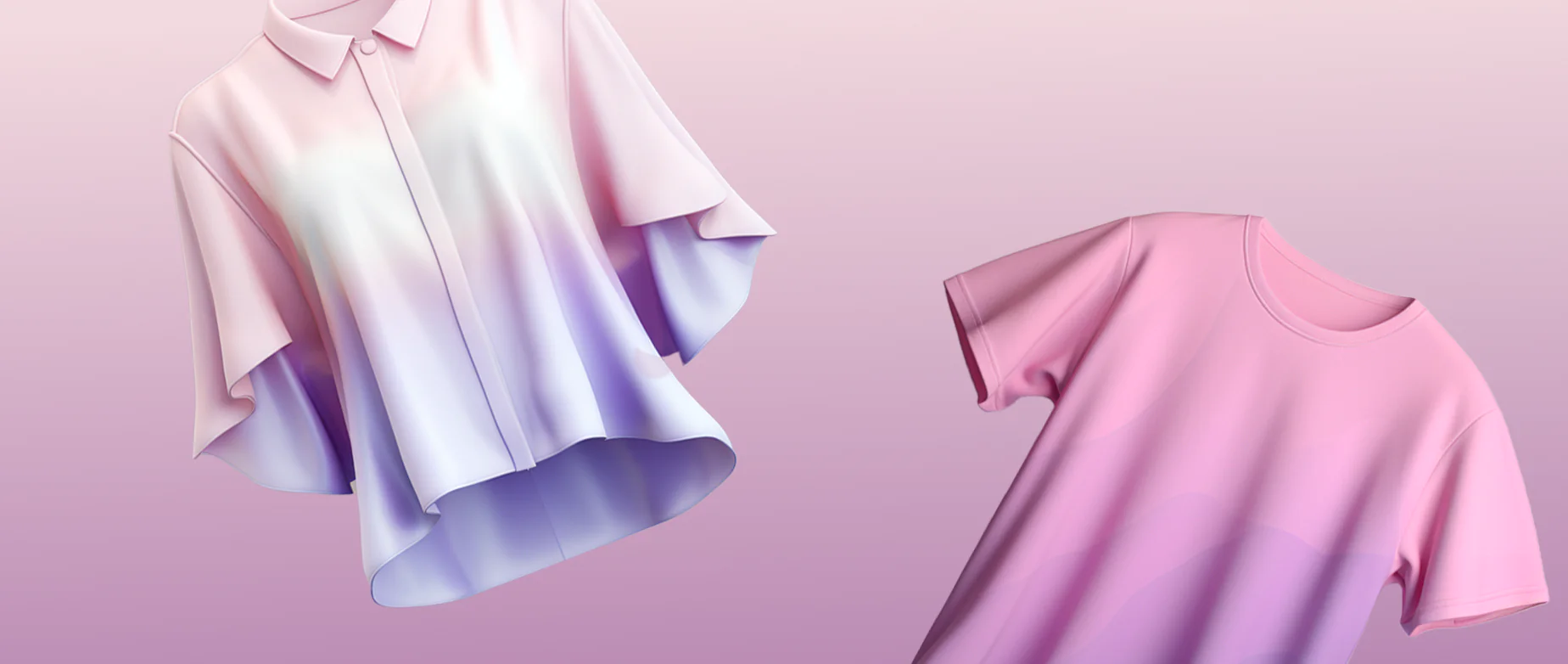What is protectable? Can I protect the name?
Trademarks
Having your attorney file a trademarkapplication with the United States Patent and Trademark Office (“USPTO”), is the way to gain protection of the brand, as it can protect the name, logo, or slogan of the apparel brand. To better understand what is protectable, let’s look at the classic example of Nike. Nike, Inc. has several trademark registrations for the word “Nike” under different classes of goods and services. One registration is filed in connection with their goods of shoes, while a different application is for sporting equipment, and another for backpacks. Further, Nike has several design registrations as well, most notably the swoosh symbol. Additionally, Nike has separate trademark registrations for its slogan “Just do it.” So as you see, one company may have several trademark applications for the same word or logo, but just under different goods and services. The more trademark registrations a company has, the greater the strength of its intellectual property portfolio. To a startup clothingline, having multiple trademark registrations can attract more investors, and create greater confidence and valuation to your company.
Clothing has unique trademark issues compared to other goods and services. Most importantly in regards to the filing process, a proper specimenof use must be submitted that shows the name you have used, on the clothing itself, and must appear in the right location and be used in a trademark manner. Inexperienced attorneys typically receive ornamental rejections based on their specimen of use submitted during the trademark application process. That is why it is critical to have an experience trademark attorney file the application the first time.
Once the application is filed and ultimately approved and registered, the owner of the registration will received nationwide rights to enforce the trademark against other subsequent users. Further, the owner will be able to license, either exclusively or nonexclusively, the right for others to use the trademark name or logo. Licensing can be important to newer clothing companies that have established and created goodwill and a strong following of the brand, but have yet to develop the expertise or resources to manufacturer, distribute, or efficiently sell the clothing. The clothing company can provide a trademark license to a separate company that is more experienced in manufacture, distribution and sales, while the newer company reaps the benefits of the license royalties.
Copyrights
Many people ask if they can copyrighttheir clothing designs. It depends. The ornamental designs that will be placed on the face of a shirt should definitely be copyrighted. In fact any unique and original work of authorship, i.e., a unique design, or the graphic or artistic portion that many t-shirt companies use on the face of their clothing can be copyright, assuming it is not substantially similar to another copyright holder’s work. However, if the artwork is used to identify the brand or name of your clothing company, then trademark is probably more applicable.
What about general patterns on clothing, can that be protected? Sometimes. For example, I have once litigated a copyright infringement case in which the copyrights were for floral patterns used on fabric of clothing. So certain patterns that are original works for authorship can be and should be copyrighted. So as you see, copyright protects more of the artistic patterns and artwork designs on clothing, whereas trademarks protect the name, logo, or slogan used to identify the brand of the clothing company.
Patents
What about the shape and design of the clothing itself, how do I protect that? Protecting clothing designs is more difficult. Neither trademark nor copyright can protect the actual article of clothing. However, sometimes protection may be afforded by patents, specifically design patents. Design patent protection can be granted to nonfunctional aspects of clothing, i.e., the scope of protection only covers the ornamental nature of the design of the clothing. So, it is possible, and we frequently obtain design patents for our clients on unique looking shoes, bags, and other accessories or apparel itself to protect the “way it looks.”
Occasionally, an inventor may create some article of clothing that actually performs some specific function or has some utility to it. For example, a shoe that has a built iPod sensory device that can monitor your heart rate. In that case, a patent called a Utility Patent, would be filed. Otherwise, design patents are typically used to protect the aesthetics of clothing.



